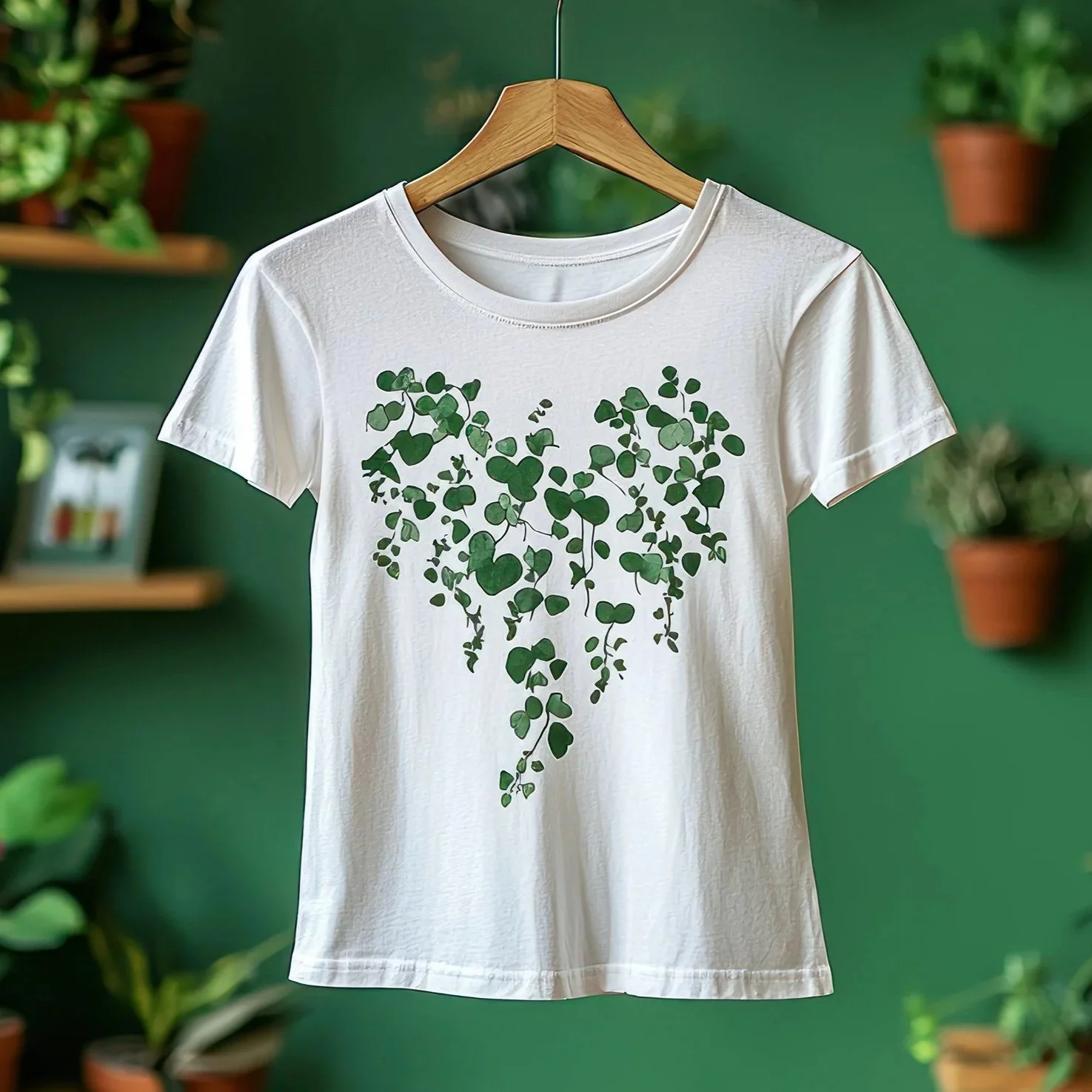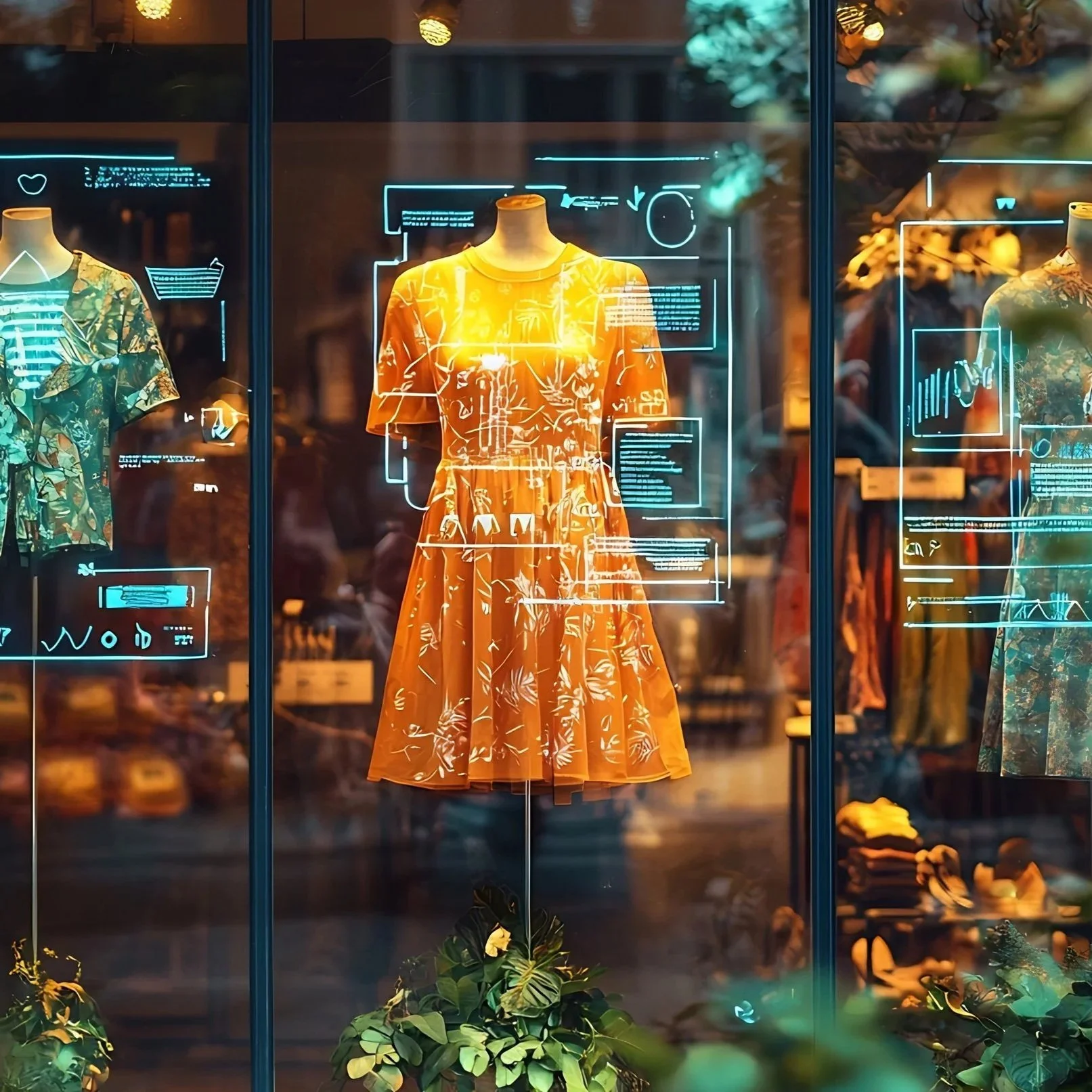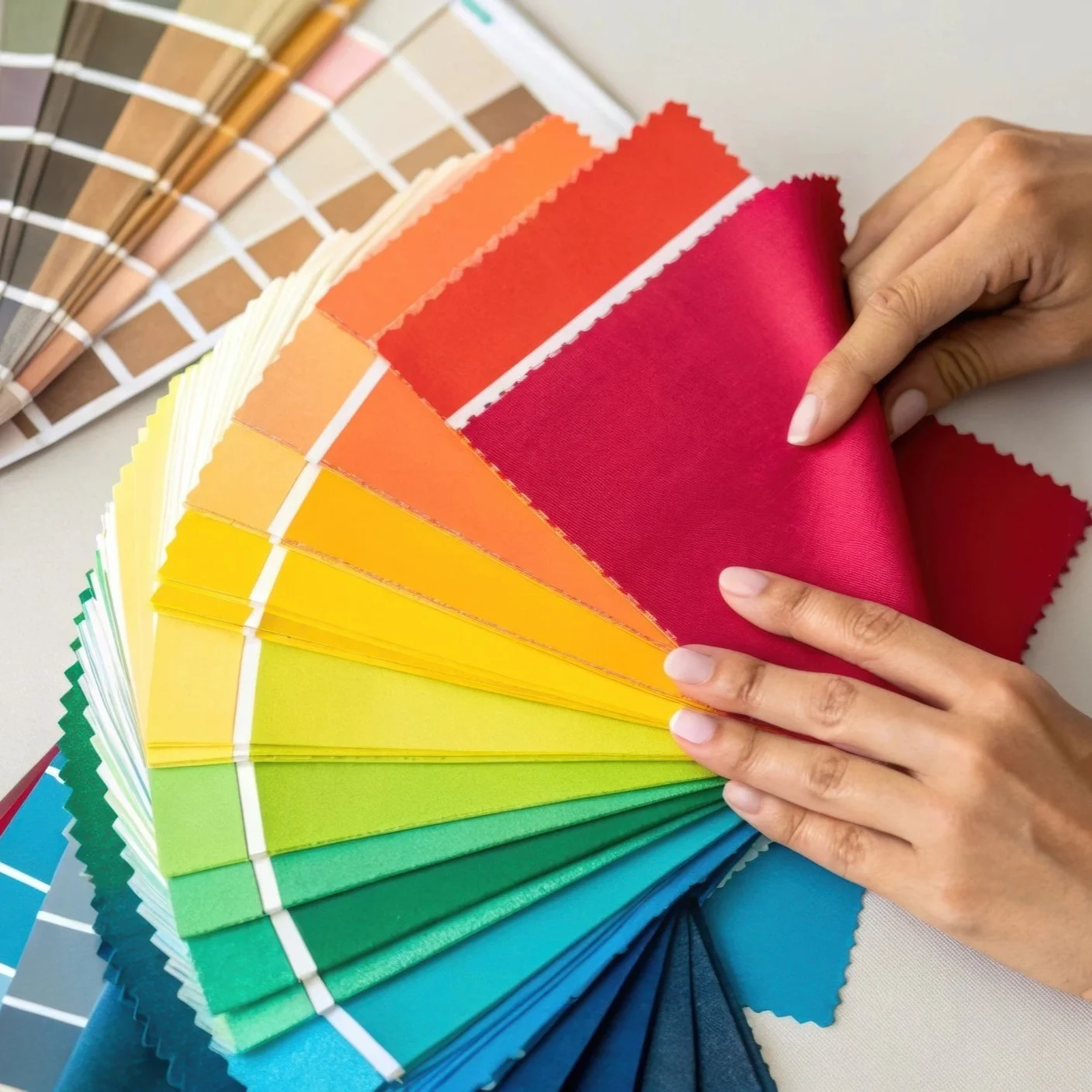TEXINTEL TALKS - EPISODE 032 - RAPHA - DESIGNING FOR PERFORMANCE SPORTSWEAR AND DIGITISATION

Founded by Simon Mottram in London in 2004, Rapha makes the world’s finest cycling clothing.
For 15 years, their products have redefined comfort, performance, and style for cyclists from absolute beginners through to World Tour professionals.
Today we are joined by John Roberts - Head of Product and Carl Moriarty - Design Director, to discuss their success and their passion for sportswear performance…apparel, technology, print…and of course cycling!!
“The product team constantly strive to reduce the environmental impact of their apparel, focussing on the footprint of the raw materials, whilst also making a huge effort to refine the reliability and the quality of recycled materials which are essential for circular design” - RAPHA
The question facing every textile printing business today isn't whether to adopt AI, but how quickly and strategically they can transform their operations to capture its full potential.
"The real opportunity lies in what industry experts call "AI-powered strategic thinking"—using artificial intelligence not just to do things faster, but to fundamentally reimagine how your business operates, creates value, and serves customers” - Debbie McKeegan | Texintel
Fashion needs a Reinvention and a Restructure of existing Supply Chains.
“The most successful companies will likely be those that combine technological sophistication with values-driven partnerships, geographic diversification with local expertise, and operational efficiency with environmental responsibility. As these industry leaders demonstrate, the future belongs to organisations that can navigate complexity whilst maintaining focus on long-term value creation...”
"Traditional supply chain factories try to do a plug and play, and it doesn't necessarily work." Joey Pringle - Vision Factory
This research, once again highlights an urgent need for a fundamental re-evaluation of the fashion supply chain's cost analysis.
The focus must shift from short-term cost savings to long-term sustainability and value creation. Investing in higher-quality materials and improved manufacturing practices will not only enhance garment durability but also enable true circularity, reducing environmental impact and waste. These changes will pave the way for a more responsible and future-proof textile industry.
Amidst mounting regulatory pressures and increasing consumer demands for transparency, many manufacturers view compliance as a burden. Yet a closer examination reveals something far more significant: a once-in-a-generation opportunity to transform how we produce, trade, and consume textiles.
The future belongs to those who transform compliance into competitive advantage, turning regulatory requirements into roadmaps for sustainable success.
“Everything that isn’t made by nature has been designed. That means design holds immense power—not only in shaping the crises we face but also in solving them.”
These are the words of Cat Drew, Chief Design Officer at the Design Council, and they couldn’t ring truer in 2025.
Discover how natural fibres, living materials, and craft innovation are creating healthier homes whilst eliminating toxic chemicals from interior design.
At the recent Future Fabrics Expo panel discussion, moderated by Carole Annet from Country and Town House, leading voices in sustainable design revealed how innovative materials and renewed craftsmanship are transforming home furnishings.
Textile brands in all segments of the market require textiles to be manufactured with conformance to a colour tolerance. This is a tolerance for each colour in the finished product - matching the colour to the specified shade for the design or colourway, typically as QTX spectral data. - Lou Prestia
The textile industry is at a turning point. Traditional manufacturing processes that have dominated for decades are giving way to sophisticated digital workflows that promise greater efficiency, sustainability, and precision. As global supply chains become increasingly complex and consumer demands shift toward personalisation and faster turnaround times, textile manufacturers must embrace technological innovation to remain competitive.
What makes this relationship unique is its foundation in shared problem-solving, rather than traditional supplier relationships. As Nakazato describes it: "We are both fashion designers and engineers, working together as a collaborative, experimental team..."
The Growth Trap: Why Bigger Doesn’t Always mean Better
“The Fashion industry's obsession with volume has created a dangerous pattern. Companies chase growth through increased production, lower prices, and expanded market presence—often at the expense of profitability”.
Source Fashion, London - Simon Platts, founder of SP&KO Consultancy and former Director of Responsible Sourcing at ASOS





















